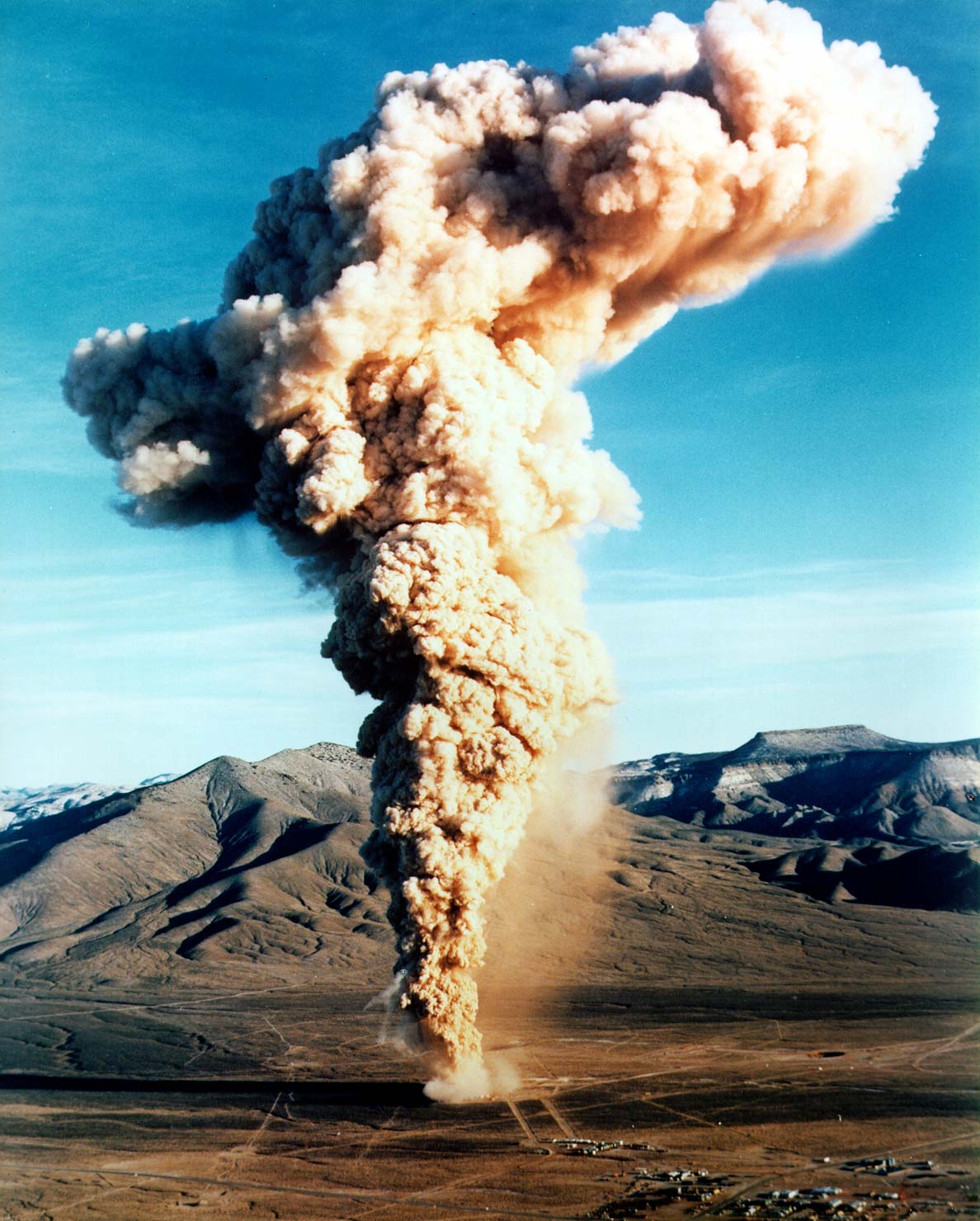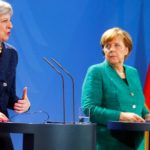
Decades have passed since Oppenheimer’s visionary genius unleashed the cataclysmic force of nuclear arms upon the world, forever altering the course of history. Now, amid the simmering geopolitical tensions and nuclear arsenals that bristle with deadly intent, the world is once again forced to confront Oppenheimer’s nightmares. In this age of uncertainty, we find ourselves navigating the perilous seas of nuclear arms, where the consequences of a single misstep could plunge us into the abyss of annihilation.
In an increasingly complex and interconnected world, the stability of arms control has shown signs of strain, with the prospects for the future being far from sanguine. The world now stands on the precipice of a new nuclear arms race, where the legacy of the Cold War agreements and the spectre of mutually assured destruction cast a long shadow over a global stage fraught with geopolitical tensions and the relentless pursuit of strategic advantage. Operating under the New Strategic Arms Reduction Treaty (New START), which took effect in 2011 and imposed restrictions on long-range nuclear weapons, the Nuclear Risk Reduction Centres (NRRCs) of the two nuclear giants has exchanged over 2,000 notifications in 2022. This lifeline of communication has now faced into silence.
Despite the ominous silence, both Russia and the United States continue to adhere to the warhead number limits outlined by the New START. However, the prevailing trend of nuclear activity suggests that we are hurtling towards a new nuclear arms race, one that will be more complex than ever. At the heart of the emerging complexity lies the formidable role played by China, a global power with its sights set on a robust nuclear arsenal. China’s ascension to nuclear prominence adds an additional layer of intricacy to global security dimensions, with its growing nuclear capabilities already spurring the concerns of other nuclear-armed nations. Unlike the Cold War era, where the United States and the Soviet Union held the lion’s share of the world’s nuclear weapons, the present scenario involves a more balanced distribution among the three major players. This equilibrium, while delicate, has the potential to create a fragile balance of power, with any miscalculation or escalation triggering a cascading effect, leading to an uncontrollable arms race with catastrophic consequences.
Unconstrained by treaties, the Pentagon claims that China is estimated to ‘exceed previous projections’, and have more than 1,500 nuclear warheads by 2035. In a scenario where tensions between the U.S. and China escalate, China could, for the first time, pose a credible threat of launching attacks without having to cross the nuclear threshold, allowing China to “threaten conventional strikes against targets in the continental US, Hawaii and Alaska”. Such a capability carries profound implications for regional and global security, underscoring the pressing need for diplomatic engagement and strategic dialogue between the major powers to ensure stability in the international sphere.
Humanity’s escape from the brink of annihilation stands as a testament to the multitude of prior agreements and treaties that once bound the nuclear-welding states. These accords not only curtailed the proliferation of nuclear arms, but also fostered an environment of trust, while both superpowers remained within the capacity of mutual destruction. These painstakingly negotiated pacts dramatically reduced the global stockpile to a comparatively restrained 12,500 warheads at present. However, the escalation of nuclear tensions globally is now rippling across the globe. Following the accelerating expansion of the Chinese nuclear arsenal, India, entangled in an unresolved border dispute with China, may sense the need to bolster its stockpile, which is currently estimated at over 160 warheads. Such a move could, in turn, trigger Pakistan, possessing a similar number, to embark on a buildup. Since its 60th birthday in 2007, Pakistan has nearly tripled its nuclear warhead count, with both India and China steadily increasing their own arsenals. The combined nuclear stockpiles of China, India, and Pakistan, though dwarfed by the American and Russian juggernauts, now surpass those of Britain and France in Europe. These three nations are emulating the American and Russian models by adopting a nuclear “triad”, encompassing delivery mechanisms through land, air, and sea.
The prevailing perception is that a cascading pattern is underway: the United States and Russia are relinquishing arms control, China strives to catch up with the U.S., India pursues China, and Pakistan follows its own path. Nonetheless, this scenario is far more complex than it appears. China remains watchful of India; India’s focus increasingly shifts towards China rather than Pakistan, while Pakistan, particularly its powerful army, is driven less by India’s actions and more by fervent imaginings of Indian capabilities.
The time for diplomatic engagement between major powers is now pressing. In this precarious dance of deterrence, humanity holds the power to choose between dialogue or devastation, cooperation or chaos, as we march towards an uncertain future with the world watching. The path forward hinges on diplomacy and discourse, and the choices we make now will determine whether we plunge into darkness or emerge into the light of a safer world.
Image: “Blaneberry” underground nuclear test, 1970// CC BY 2.0 DEED



Average Rating